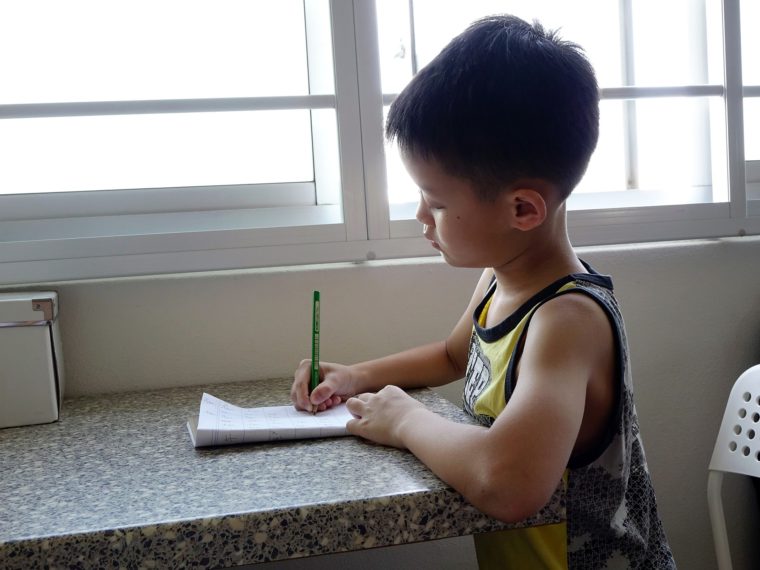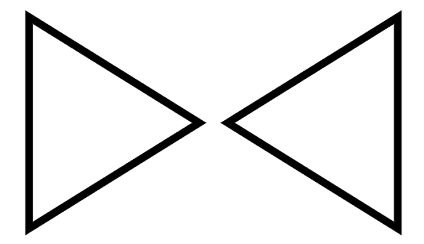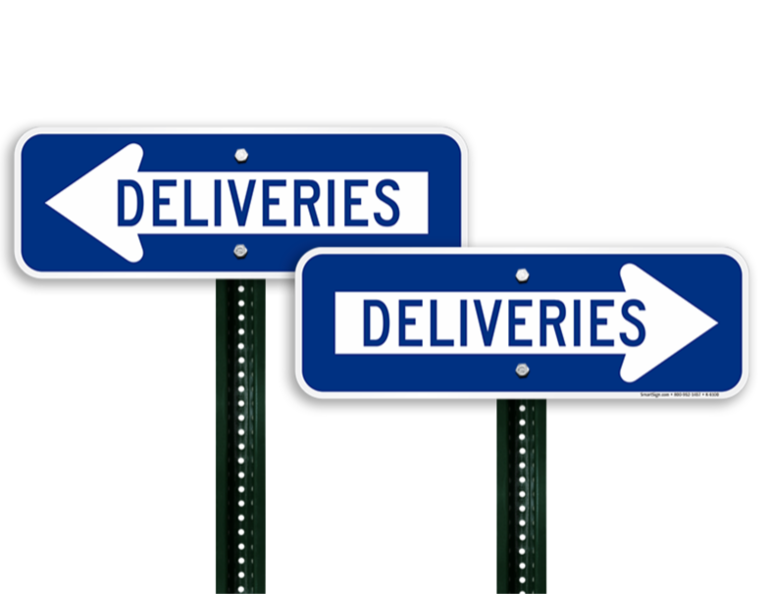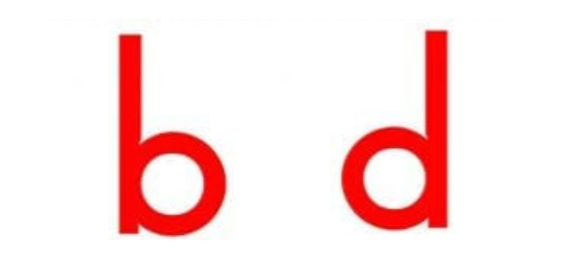Have you ever wondered why 4th and 5th graders still get confused and mix-up b and d, or p and q?

“It’s so simple,” some think. “Why don’t they get it?”
Today, I was reflecting on some of the difficulties my daughter had in elementary school, which still flash through when she gets overly tired or anxious. In spite of being an exceptional video editor and producer and a stellar speaker and writer, she mixes up b and d, mis-spells, and transposes words.
Let me explain the most common reason that dyslexic learners confuse similar-looking letters, even after repeated exposure and explanation.
Shapes
When they look at letters, they see them as shapes rather than symbols.
Think about it. A shape always retains its shape, regardless of its orientation. A triangle is a triangle, no matter how you turn it around. We do not call the shape on the left a triangle and the one on the right a square.
Symbols
On the other hand, symbols can and often do change their identity when viewed from a different orientation.
Think of our traffic signs (symbols). Their identity and meaning change based on their orientation. Any delivery driver treating these symbols as shapes would never arrive at his destination.
Letters are Symbols not Shapes
When a learner thinks of letters as shapes, he perceives them as the same, therefore, regardless of the orientation, they believe b and d is the same letter.
Only when they recognize and internalize that letters are symbols will they be able to understand that b and d are different.
When I understood this reality, my attitude to and tolerance for my daughter’s “mistakes” changed for the better.
That’s one reason I am so passionate about equipping parents with the understanding of dyslexia and providing them with the tools to prepare their children for success, not just in school but also in life.
Have you had an experience with your child that changed your perspective about an aspect of life or learning?




Hello Florence, while I do not have any children at the moment, I have helped raise my nieces and nephews and two of them have dyslexia. I also have taught all ages of K-12 children for the last twenty years. I find your information is quite valuable to understanding those with dyslexic disabilities. I look forward to more of your informational content. Thank you for sharing.
Sending lots of love and gratitude,
Jaime
Thanks, Jaime, for your support. Please share the information I provide with parents of, not just dyslexic children but also school-aged children. The tips and tools I give help all children.
This was well written. Thank you for breaking this down in an easy to understand format.
Thank you, Jeri. Feel free to share this information with your friends who have children, especially those who are being challenged academically.
I can see that being a problem with sixes and nines. With some fonts, 6,8, 9 can look so similar they are hard to tell apart without a magnifying glass.
Blog on!
You are correct, Doug. Someone created a Dyslexie Font with letters and numbers that are very different defined and difficult to confuse with each other.